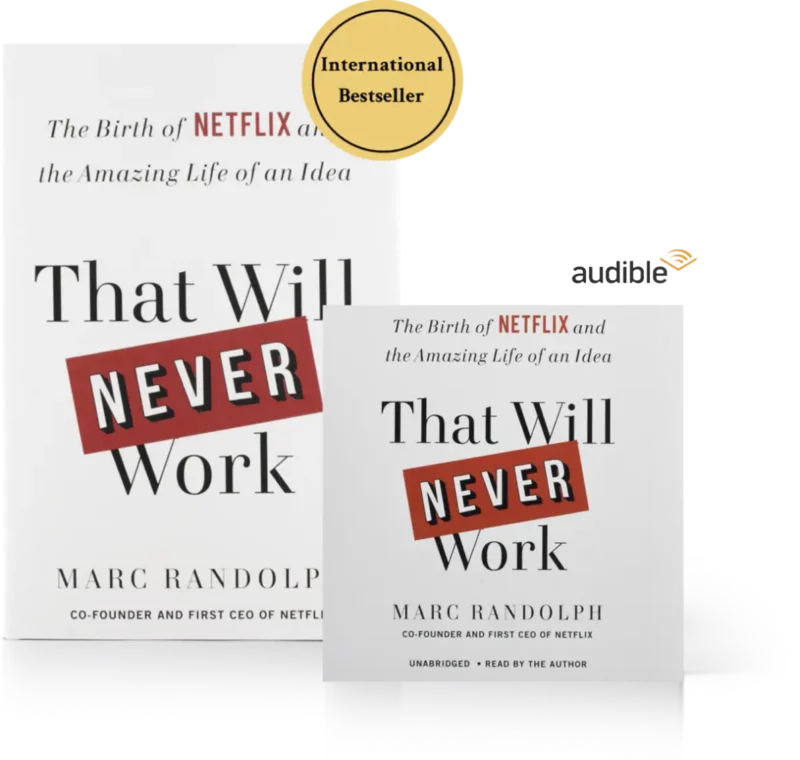You Know Your User . . . But Who Is Your Customer?
Users and customers are frequently one and the same. When you go to a restaurant, you are both the user and the customer. But think about dog food for a moment; in this case the two are quite different; your dog is the user, but you are the customer.

You know your user . . . but who is your customer?
Like most companies, Clicker began as little more than an idea: “wouldn’t it be great,” the founders thought, “if there was a way for customers to control the TV in crowded bars. No more fighting over what game to watch. No more driving to the pub to watch soccer only to find every TV tuned to darts.”.
But rather than just dreaming about it, co-founders Tim and Connor set about colliding that idea with reality. Tim built a quick prototype, they got the app into the App Store, installed their hardware behind the TVs of two local bars, and began letting app users choose the sports they want to watch and change the channel instantly from their phones.
Within days Tim and Conner began learning about their users, who they were, what they watched, what they wanted. But they overlooked a critical consideration for every startup founder. They knew their user – but who was their customer?
Users and customers are frequently one and the same. When you go to a restaurant, you are both the user and the customer. But think about dog food for a moment; in this case the two are quite different; your dog is the user, but you are the customer. And as in most cases where the user and customer are not the same, the interests of the two can be quite different. My dog, for example, only cares how his dog food tastes (and quite frankly, I’m not even sure he cares much about that. This is a dog, after all, who once ate an entire bag of flour.) Whereas my interests encompass the food’s nutritional value, it’s cost, its appearance, and my susceptibility to television commercials featuring talking anthropomorphic hedgehogs.
If this intrigues you (the difference between user and customer, not anthropomorphic hedgehogs) then you won’t want to miss episode 12 of the That Will Never Work Podcast (available now! Wherever you get your podcasts from!).
In the episode, Tim and I spin into a fascinating discussion about how to make this important distinction. Are your users and customers one and the same? And if not, how do you figure out who your real customers are, what they want, and what unique selling proposition will bring them around?
Tim and Connor knew the problem they were solving for the bar’s customers, but what problems might they solve for the bar’s owner? It turned out it was an entirely different set of considerations – ones that could push their product development (and sales efforts) in an entirely new direction.
But getting back for a moment to the subject of users, customers and TV commercials featuring anthropomorphic hedgehogs, this is exactly the reason why the That Will Never Work podcast doesn’t carry advertising. It ensures I’ll never be confused just who my user and customer are. I like the fact that in both cases the answer is simple: it’s you.
RECOMMENDED FOR YOU
The Idea Isn’t The Important Part
Podcast Episode 72
Is it a Culture Problem or a Hiring Problem?
October 25, 2022 • 38 min
